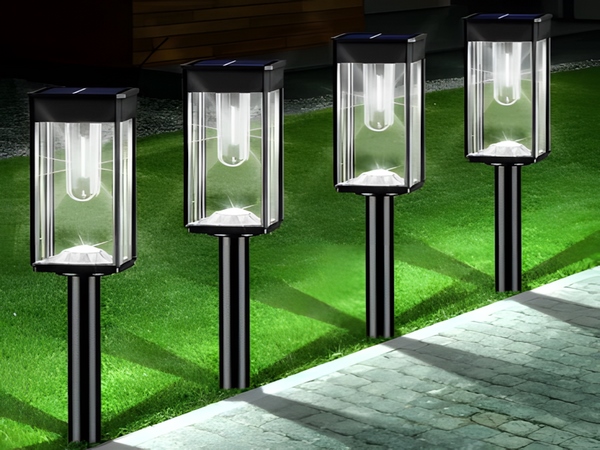
Solar street lamps
During maintenance, it may be difficult to distinguish the polarity of the wires due to various reasons. In such cases, some testing tools and methods are needed to help us determine the polarity of the batteries, solar panels, light sources, etc., in the solar street lamp system.
Solar street lamps are generally tested following these steps:
First, it is necessary to determine the positive and negative terminals of the solar battery. A multimeter set to DC voltage can be used to detect the battery’s polarity (those familiar with multimeters know that the polarity must be correct to accurately display the battery voltage).
Then, you can directly connect the light source’s wires to the battery’s wires to see if the light source lights up, which helps confirm the polarity of the light source’s wires (if the polarity is reversed, the light source will not light up but will not be damaged, so it is safe to test the light).
Use the multimeter in DC voltage mode to check the positive and negative terminals of the solar panel’s output wires (the principle is the same as for detecting the battery’s polarity).

Through this testing, you will also discover whether there are any faults in the components of the solar street lamp system. If there are no faults, you can connect the wires according to the requirements of the controller while paying attention to waterproofing to avoid damaging the controller.

For more information about the
Solar street lamp price list
please inquire about the street lamps.
Bitpott solar street lamp manufacturer
specializes in the research and development, production, and sales of solar and LED outdoor lighting. With years of production experience and advanced manufacturing equipment, we ensure quality, reasonable prices, and configurations. For inquiries about
LED solar street lamp prices
please contact our customer service.
We welcome you to place an order!



